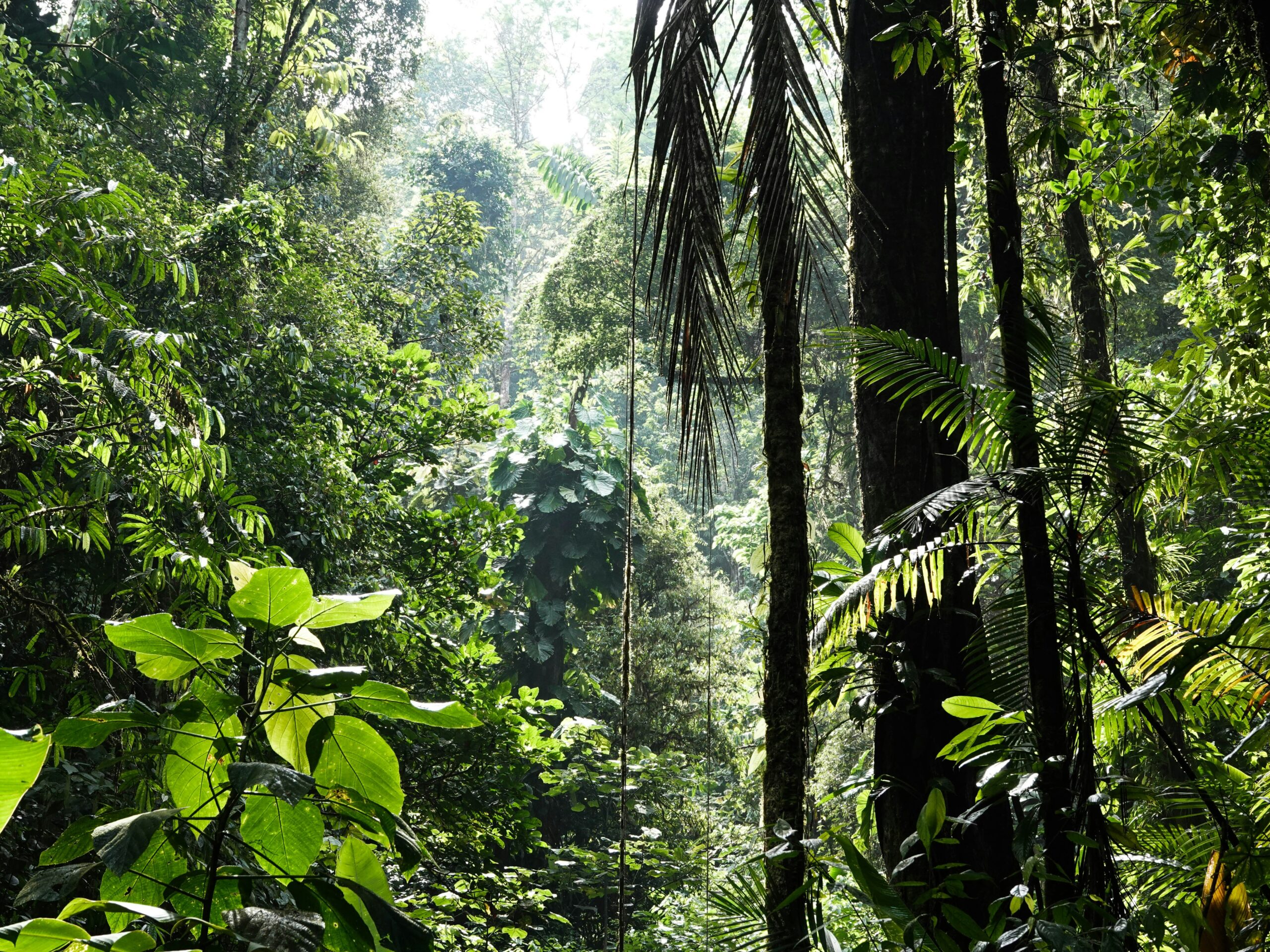Understanding and Preserving Biodiversity: The Importance, Threats, and Conservation Efforts
Understanding Biodiversity
Biodiversity refers to the variety of life on Earth, encompassing the different species of animals, plants, and microorganisms, as well as the ecosystems they inhabit. It is a crucial aspect of our planet’s health and has a significant impact on the overall functioning of ecosystems.
The Importance of Biodiversity
Biodiversity plays a vital role in maintaining the balance of our planet’s ecosystems. It supports the provision of essential ecosystem services, such as clean air and water, soil fertility, and climate regulation. Additionally, it contributes to the cultural, aesthetic, and recreational value of our natural surroundings.
Furthermore, biodiversity is essential for the survival and well-being of humans. Many of our medicines, food sources, and industrial products are derived from plants and animals. The loss of biodiversity can disrupt these resources, leading to potential economic and health consequences.
Threats to Biodiversity
Unfortunately, biodiversity is facing numerous threats, primarily caused by human activities. These threats include habitat destruction, pollution, climate change, invasive species, overexploitation, and illegal wildlife trade.
Habitat destruction is one of the most significant threats to biodiversity. The conversion of natural habitats into agricultural land, urban areas, or industrial zones leads to the loss of critical habitats for many species. Deforestation, for example, destroys the homes of countless plants and animals, pushing them towards extinction.
Pollution, particularly from industrial and agricultural activities, also poses a significant threat to biodiversity. Chemical pollutants can contaminate ecosystems, affecting the health and survival of various species. Additionally, pollution in the air, water, and soil can disrupt the delicate balance of ecosystems, leading to the decline of certain species.
Climate change is another major threat to biodiversity. Rising temperatures, changing rainfall patterns, and extreme weather events can have severe impacts on ecosystems and the species within them. Many species are struggling to adapt to these rapid changes, leading to population declines and potential extinctions.
Invasive species, introduced by human activities, can also have detrimental effects on native biodiversity. These non-native species often outcompete native species for resources, disrupt food chains, and alter ecosystems, leading to the decline or loss of native plants and animals.
Overexploitation, such as overfishing or illegal hunting, can deplete populations of certain species, pushing them towards extinction. The demand for certain animal products, such as ivory or shark fins, drives illegal wildlife trade, further threatening many species.
The Role of Conservation
Conservation plays a critical role in overcoming the threats to biodiversity. It involves the protection and management of natural resources, habitats, and species to ensure their long-term survival.
One of the primary goals of conservation is the preservation of habitats. By establishing protected areas, such as national parks or nature reserves, we can safeguard crucial habitats and provide a safe haven for many species. These protected areas also serve as valuable sites for scientific research and education.
Conservation efforts also focus on restoring degraded habitats. Through habitat restoration projects, we can help ecosystems recover from the damage caused by human activities. This involves activities such as reforestation, wetland restoration, and the removal of invasive species.
In addition to habitat conservation, efforts are made to protect endangered species. This includes implementing regulations and laws to prevent illegal hunting and trade, as well as initiatives to breed and reintroduce endangered species into the wild.
Education and awareness are also vital components of conservation. By promoting the understanding of biodiversity and its importance, we can encourage individuals and communities to take action in protecting and preserving the natural world.
Conclusion
Overcoming threats to biodiversity is crucial for the well-being of our planet and future generations. Through conservation efforts, we can protect habitats, restore ecosystems, and safeguard endangered species. It is essential for individuals, communities, and governments to work together to ensure the preservation of our planet’s biodiversity and the many benefits it provides.
